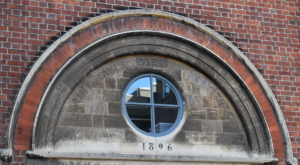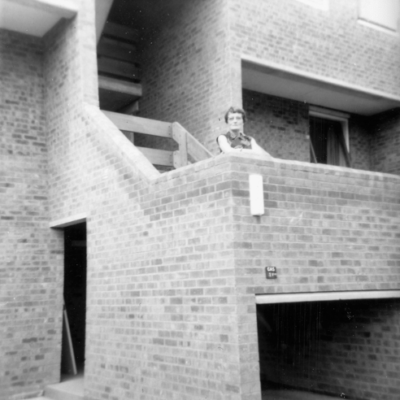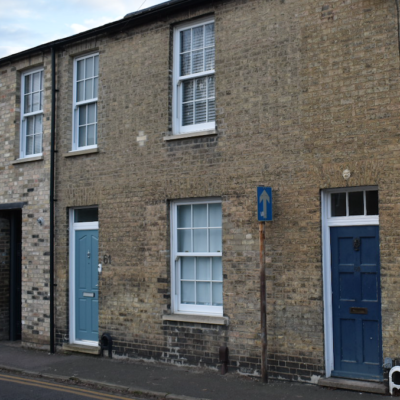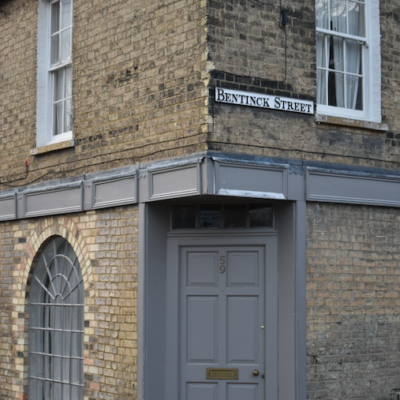Search by topic
- archaeology
- Building of Local Interest
- charity
- church
- crime
- dressmaker
- fire
- Great Eastern Railway
- Listed building
- Mapping Relief
- medieval
- oral history
- poverty
- Public House
- Rattee & Kett
- Religious House
- Roman
- scholar
- school
- Then and Now
- tudor
- women
- work
- world war one
- world war two
Search by text
 St Paul's Institute
St Paul's InstituteSt Paul’s Parish Institute
History of St Paul's Parish Institute
Built in 1896, in 1993 the building became part of the Perse School for Girls.
1901
George William Austin, 52, custodian, b Kent
Sarah A, 51, b Kent
25/10/1906 Cambridge Library committee recommended that a branch reading room be opened in a room in St Paul’s Institute, Coronation Street. But Prof Sorley said a reading room supplied people with ephemeral newspapers and magazines, it did not supply literary, technical, scientific or reference works and the central library did not have the works it should have. However it would prevent a great deal of loafing about in the streets which was productive of crime. (Cambridge Press)
2/1/1907 A warm well-lighted room in St Paul’s Institute New Town was opened as a reading room. There was a collection of current literature ready for the first arrivals who drew chairs to the tables and took advantage of the comfort and facilities provided. The Free Library was one of the most popular institutions in Cambridge, ten years ago a branch was established at Mill Road with other reading rooms at Castle End and East Road. (Cambridge Press)
1911
James Saveall, 57, widower, custodian and police pensioner, b Essex
1913 S Paul’s Parish Institute
F Hazelwood, custodian
1962
St Paul’s Parish Institute
Contribute
Do you have any information about the people or places in this article? If so, then please let us know using the Contact page or by emailing capturingcambridge@
License
This work is licensed under CC BY-NC-SA 4.0











